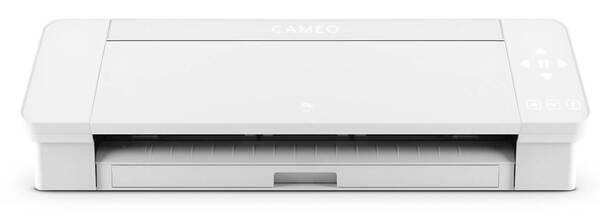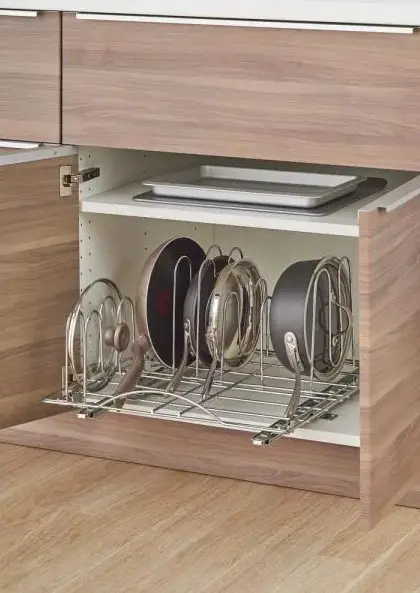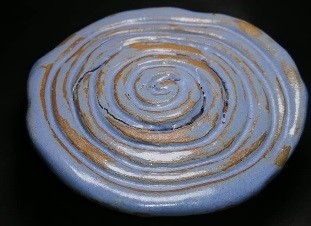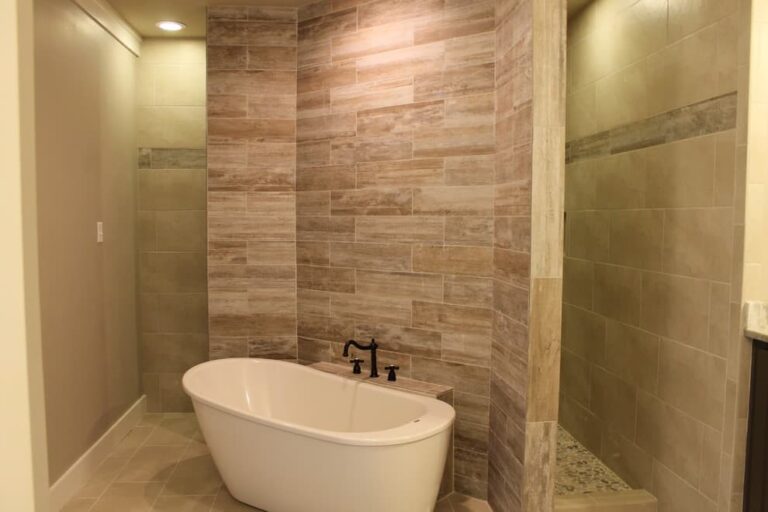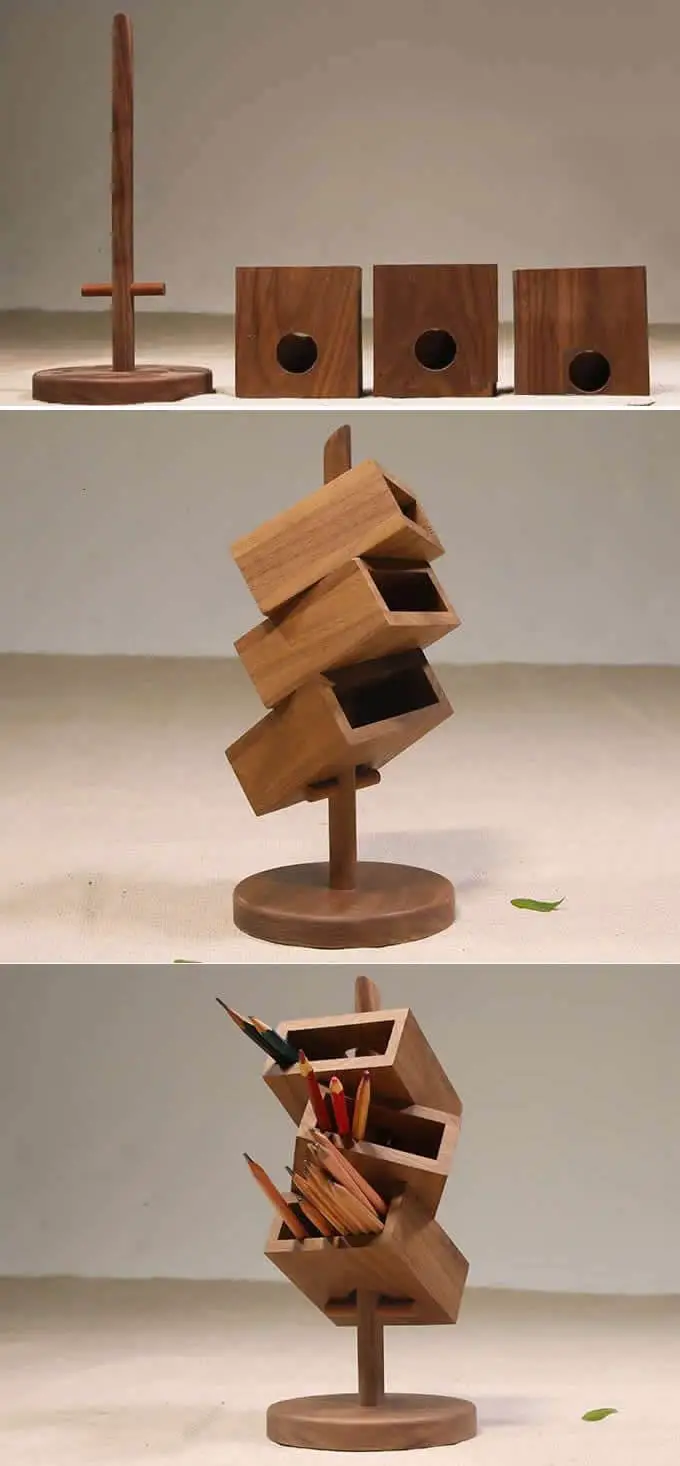Best Silhouette Machines To Buy
Whether you’re venturing into entrepreneurship, seeking a new creative outlet, or looking to enhance your artistic arsenal, the Silhouette range of machines is an excellent choice. The lineup includes three models: the Silhouette Cameo 4, the Silhouette Portrait 3, and the Silhouette Curio, each boasting unique features with their respective advantages and disadvantages. With the ability to cut through a wide variety of materials, including card stock, vinyl, foam, and more, these electronic die-cutting machines make crafting and DIY projects look professional in no time.
Silhouette Machine Models
With a Silhouette cutting machine, you can unleash your creativity by sketching, engraving, etching, or stippling a wide range of materials. Whether you’re an experienced crafter or just starting out, there’s a machine that suits your skills and needs. One thing all Silhouette machines have in common is their ability to boost productivity and save time, thanks to advanced programming and user-friendly features.
Silhouette Cameo 4
When tackling large projects, the Silhouette Cameo 4 proves itself as a reliable and efficient die-cutting machine. Its integrated roll feeder allows for seamless material loading, reducing downtime and increasing productivity. This feature, combined with its ability to cut projects up to 10 feet long and 12 inches wide, makes it an ideal choice for those who need to complete tasks quickly.In addition to its impressive cutting capabilities, the Cameo 4 is also compatible with a range of tools, including blades and pens, allowing users to achieve a variety of effects. The machine’s adaptive tool system enables the use of tools from earlier Silhouette models, making it a versatile option for those who have already invested in the brand.While the carriage can only accommodate one tool at a time, this is offset by the machine’s ability to perform both sketching and cutting tasks efficiently. This is particularly notable when compared to earlier Silhouette models, which were significantly slower.In terms of its pros, the Cameo 4 excels with its speed, boasting three times faster performance than the Cameo 3. It also features a powerful downward force of up to 5kg, making it well-suited for cutting through thicker materials. Other notable advantages include its ability to cut fabric without a stabilizer backing, automatic tool-type detection, and single-tap auto blade.On the other hand, some users may find the machine’s user-friendliness lacking, while rare instances of Bluetooth connectivity issues can be frustrating. Additionally, the Cameo 4 is not designed for cutting through leather, and in some cases, achieving even 12-inch cuts can be challenging.Despite these drawbacks, the Silhouette Cameo 4 remains a popular choice among crafters and DIY enthusiasts. For those interested in purchasing the machine, it’s recommended to read our full review to gain a better understanding of its features and capabilities.
Silhouette Portrait 3
While the Silhouette Portrait 3 may not pack the same punch as its Cameo 4 counterpart, it’s a more accessible and affordable entry point for those new to the world of die-cutting machines. This compact device shares many features with its bigger sibling, including cutting and drawing capabilities, making it an attractive option for crafters and hobbyists. With a price tag around $200, the Portrait 3 is a great value that still offers plenty of bang for your buck.The Silhouette Portrait 3 boasts impressive specs, including the ability to cut up to 8 inches wide and 60 feet in length. It also features automatic tool identification, Bluetooth connectivity for wireless cutting, matless cutting options, and print-and-cut functionality. And, just like its bigger sibling, it comes with the same user-friendly Silhouette Studio software that’s perfect for those new to the world of digital crafting.Of course, no device is perfect, and the Portrait 3 has its own set of pros and cons. On the plus side, it offers two matless cutting options, automatic tool detection, Bluetooth connectivity, print-and-cut functionality, and a cutting clearance of 2mm for thicker materials. It’s also compatible with Silhouette Studio software and the Silhouette Go mobile app.On the downside, the Portrait 3 doesn’t have a dual carriage, may require separate purchases depending on your needs, can be a bit noisy, and its software can be somewhat complicated to use. Additionally, some users may experience Bluetooth connectivity issues or struggle to find the right vinyl size due to the machine’s smaller size.Ultimately, whether or not the Silhouette Portrait 3 is right for you will depend on your specific needs and preferences. If you’re looking for a more affordable entry point into the world of die-cutting machines, this device may be an excellent choice. But if you’re after a more advanced feature set or greater versatility, you may want to consider other options.
The Silhouette Curio
The Silhouette Curio is an exceptional machine that stands out from the rest of the Silhouette family due to its unique capabilities and versatility. While it can technically be considered a cutting machine, its true strength lies in its ability to emboss, stipple, etch, score, and draw with a cutting force of 210 grams. This dual carriage head enables the Curio to execute complex combinations of these functions, making it an attractive option for crafters who enjoy experimenting with new techniques and materials.
The Curio’s pros include its suitability for versatile crafters who appreciate exploring novel features and materials, as well as its ability to cut deeper than some other Silhouette machines. The dual carriage is also quite speedy, allowing for quick execution of various tasks. Additionally, the Curio can imprint designs with embossing and debossing capabilities, making it an excellent choice for those seeking precise control over their projects.
However, the Curio has its drawbacks as well. For instance, its cutting capacity is somewhat limited in terms of size, and users may need to purchase separate accessories. The software can also have a steeper learning curve compared to other Silhouette machines, which may require additional time and effort to master.
Furthermore, the Curio is a more expensive option compared to some other Silhouette machines, and it lacks Bluetooth capabilities and Autoblade functions. Additionally, mats, an extended base, and stippling/etching tools are not included with the purchase of the machine.
Silhouette Portrait Vs. Curio Vs. Cameo
While Portrait, Cameo, and Curio share some similarities, the latter stands out as an accessory designed to enhance the capabilities of the former two devices. Launched in August 2015, Curio is specifically tailored for cutting, etching, embossing, and stippling heavier materials in a remarkably compact space, setting it apart from Portrait and Cameo’s more comprehensive options.
Cutting Area And Clearance
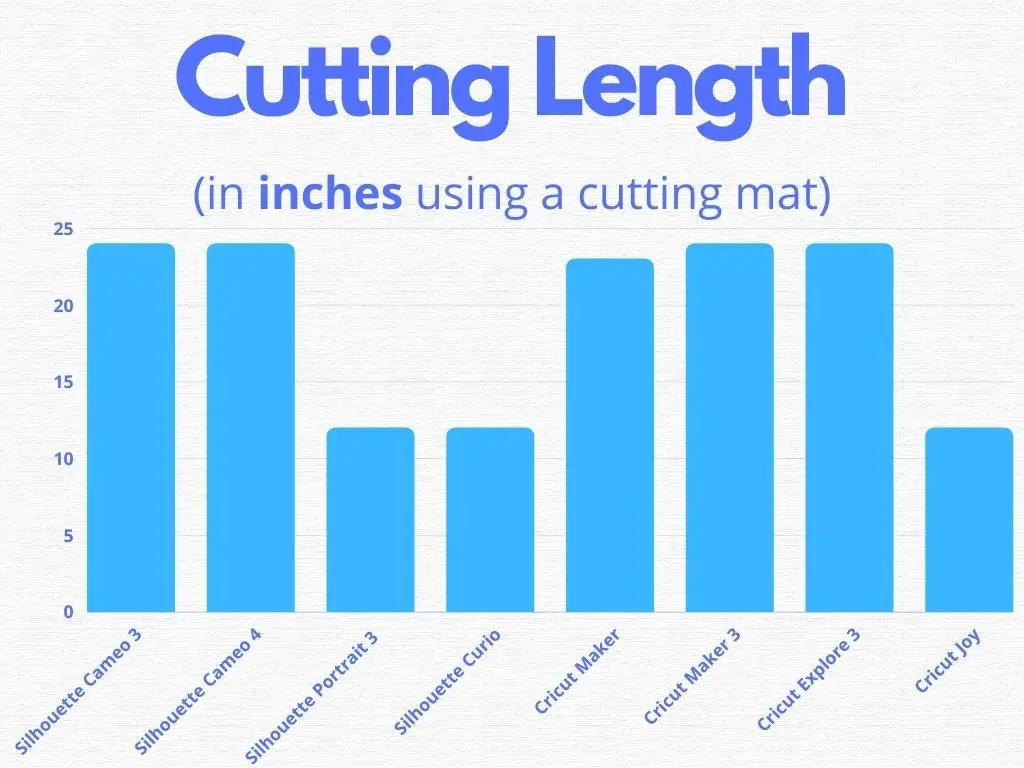
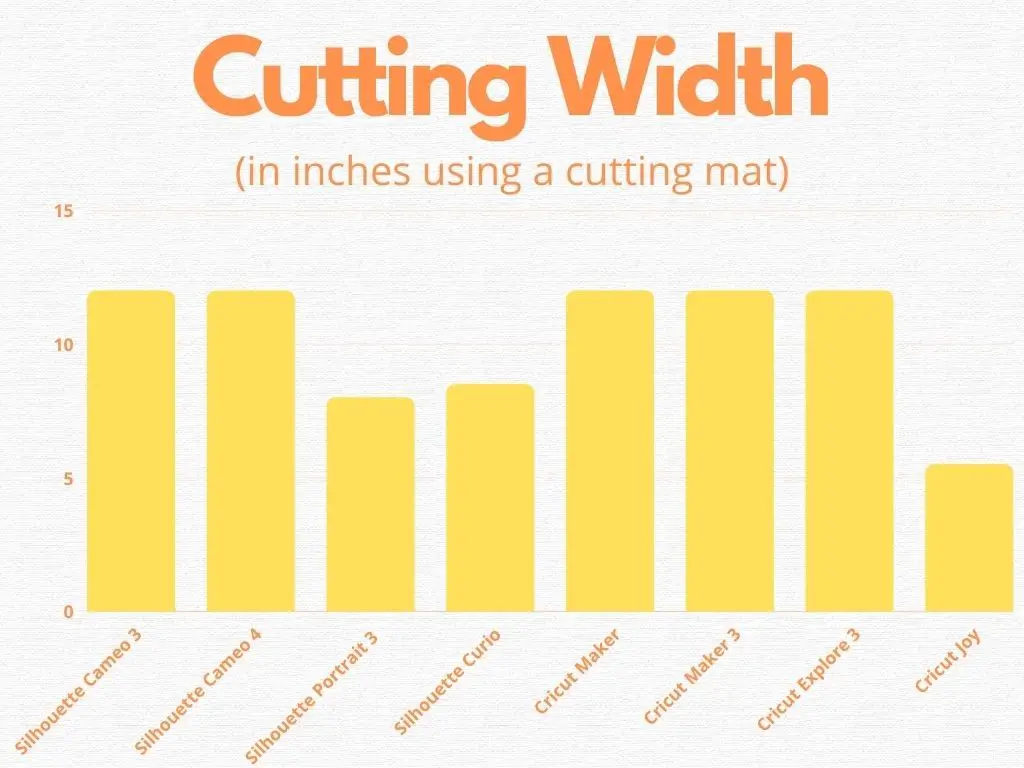
While the Silhouette Curio boasts a greater clearance, allowing it to cut through 5x thicker materials, its cutting surface is relatively smaller. This machine has a maximum cut size area of 8.5×12 inches and comes with 8.5×6 cutting and embossing mats for added versatility. On the other hand, the Silhouette Cameo features a lower clearance of just 1mm but can still impress with its ability to cut large formats – up to 12×12 inches on the standard mat or an astonishing 12 inches by 10 feet without the mat or with the optional Silhouette Roll Feeder. Meanwhile, the Silhouette Portrait can cut up to 8.5 inches across and 10 feet in length, making it a great option for those who need to tackle smaller projects.
Cutting Tools
In contrast to its counterparts, the Silhouette Curio boasts a unique dual housing design that allows it to simultaneously store and utilize up to two cutting or embossing tools at once. This capability sets the Curio apart from the Silhouette Cameo and Portrait, which can only accommodate one tool at a time.
Cutting Mats
The Silhouette Curio offers a range of mats and platforms for various applications. A crucial factor in choosing the right platform is the thickness of the material being cut or embossed. Once determined, the mats are simply snapped onto a large tray-like base that’s inserted into the Curio. In contrast, the Cameo and Portrait models employ adhesive cutting mats, eliminating the need for separate platforms or bases. Interestingly, while the Curio embossing mat lacks grid lines, its cutting mat, as well as those on the Cameo and Portrait, feature this helpful design element.
Cutting Blades
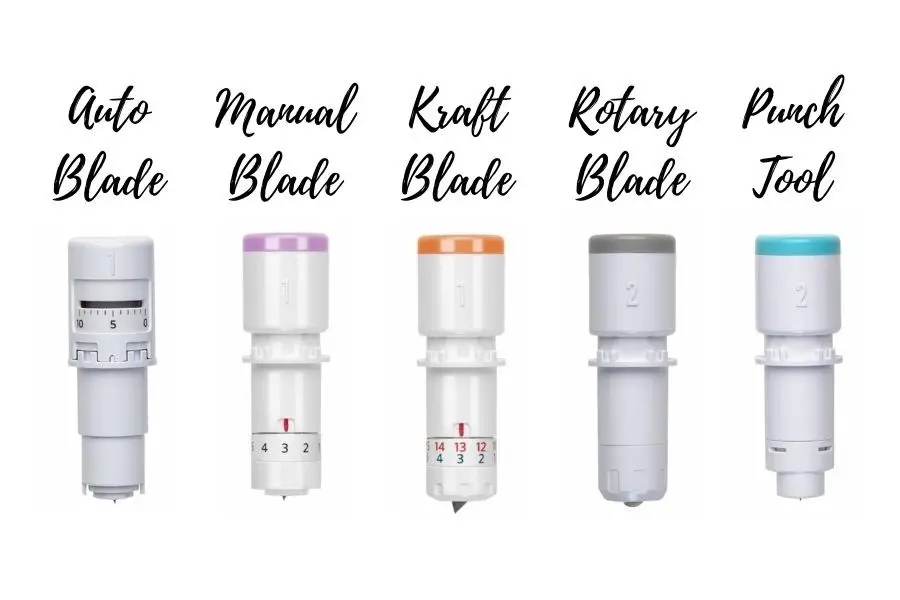
The versatility of Silhouette Curio blades extends beyond its own housing, as they are compatible with the Cameo and Portrait machines. Furthermore, all blades can be acquired separately from these devices, offering greater flexibility. In a notable departure from its counterparts, the Curio features an integrated blade ratchet situated on the platform rather than the machine’s base. This design allows for four slots to securely hold cutting blades and tips.
Material Compatibility
Both the Silhouette Cameo and Portrait are capable of cutting a wide range of materials, including vinyl, heat transfer vinyl (HTV), cardstock, foil papers, magnet material, rhinestone templates, stencil material, contact paper, and more. In contrast, the Silhouette Curio is designed to work with smaller cutting areas, allowing it to precision-cut the same variety of materials as its counterparts, but on a reduced scale. While both devices share some similarities in their cutting capabilities, the Curio also boasts additional features such as embossing, stippling, and cutting through metal sheets, paper, and foil, making it particularly well-suited for projects that require intricate details or dimensional elements.
Cutting Force
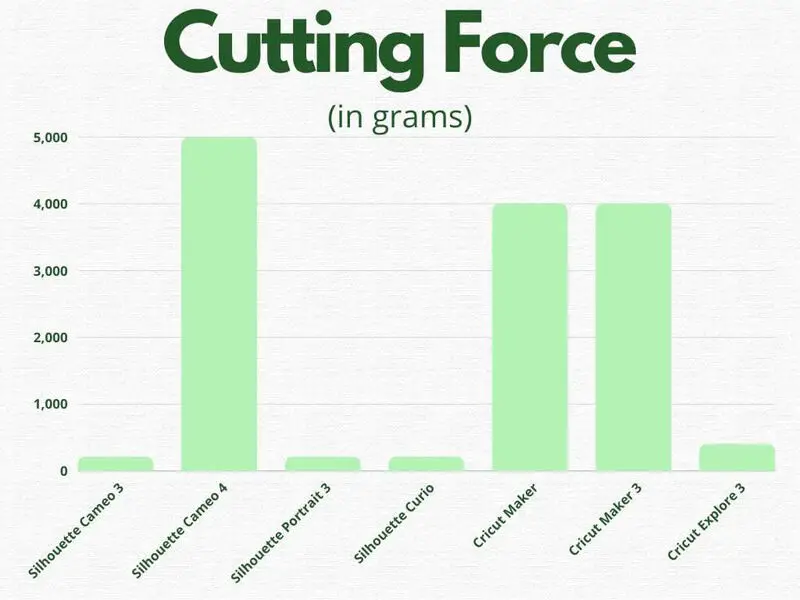
The Silhouette Cameo 4 stands out among its counterparts with its significantly higher cutting force, enabling it to effortlessly cut through a wide range of materials. In contrast, the Portrait 3 and Curio possess relatively less cutting force, making them more suited for handling softer materials like card stock, vinyl, and paper. While these devices may not be able to tackle tougher materials such as balsa wood, they are well-equipped to handle the demands of everyday crafting tasks. However, for projects that require precision cuts in thicker or denser materials, the Cameo 4’s increased cutting force proves to be a valuable asset.
Silhouette Software
The Silhouette Curio builds upon the editing and design capabilities of Silhouette Studio, offering expanded possibilities. In contrast to the Cameo and Portraits, the Curio requires a USB connection to access its embossing and stippling tools, which must be used in conjunction with the computer where Silhouette Studio is open. The device’s carriage can accommodate two tools for a single pass, resulting in a dual-tool panel system within the cut settings window, featuring red and blue tool panels.While the Curio’s embossing auto-mirror option does allow for mirrored patterns, it does not provide a preview of where these patterns will be placed within the software. In contrast, the Cameo and Portrait models mirror features are more precise, reflecting only to the right or left. The same functionality is available on the Cameo 4 and Portrait 3, with the primary difference being the need to adjust size settings before cutting.
Which Silhouette Should You Buy?
The Silhouette Cameo 4 is often the top choice for most users due to its exceptional versatility, making it suitable for attempting a wide range of DIY projects. In contrast, the Curio and Portrait 3 are more specialized machines that cater to specific needs. The Portrait 3, although smaller and less advanced than the Cameo 4, offers a great entry point into the world of crafting and cutting machines, especially for beginners or those with limited budgets. Its compact size also makes it easy to transport or store when needed. On the other hand, the Curio is the most versatile Silhouette machine, allowing users to work with various materials and featuring advanced effects such as embossing and etching. Additionally, its higher clearance level enables handling of heavier mediums like wood, metal, and chipboard. While it’s an excellent addition to a Cameo or Portrait, it may not be the best starting point for beginners.
Conclusion
If you’ve made it through our comprehensive guide on selecting the perfect Silhouette machine for your needs, congratulations are in order! But perhaps you’re still weighing your options and considering other cutting machine brands. If that’s the case, we encourage you to explore beyond Silhouette and discover what Cricut has to offer. For a more detailed comparison of these two popular brands, be sure to check out our in-depth articles on the differences between Silhouette and Cricut machines, as well as our in-depth review of the Cricut Maker 3.

